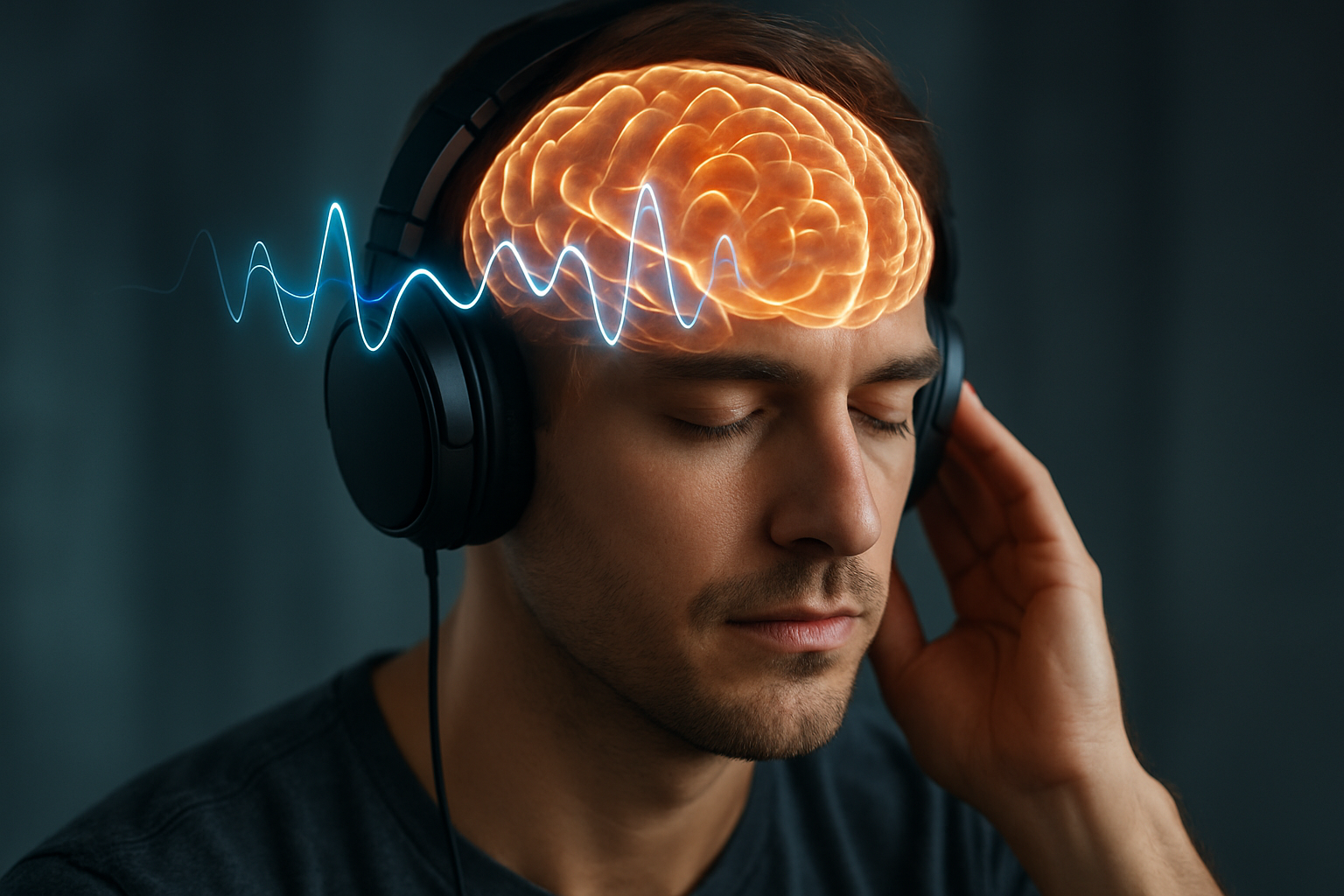Sonic Landscapes: The Emergence of ASMR Communities
Whispers, tapping, and gentle rustling - these seemingly ordinary sounds are sparking a revolution in how we experience relaxation and human connection. Autonomous Sensory Meridian Response, or ASMR, has evolved from a niche internet phenomenon into a global movement, reshaping our understanding of sensory experiences and digital intimacy. Read below to explore the fascinating world of ASMR and its profound impact on modern society.

The Genesis of ASMR
The term ASMR was coined in 2010 by Jennifer Allen, who sought to give a name to the pleasant tingling sensation she and others experienced in response to certain stimuli. However, the phenomenon itself had been experienced and discussed in online forums for years prior. Early ASMR content creators, often referred to as ASMRtists, began uploading videos to YouTube, featuring whispered voices, gentle tapping, and other soft sounds designed to trigger the ASMR response.
As the community grew, so did the diversity of ASMR content. From role-play scenarios mimicking everyday interactions to intricate soundscapes created with specialized microphones, the ASMR landscape expanded rapidly. This growth was fueled by a combination of curiosity, the search for relaxation in an increasingly stressful world, and the intimacy offered by these digital experiences.
The Science Behind the Tingles
While anecdotal evidence of ASMR’s effects abounds, scientific research into the phenomenon is still in its early stages. However, preliminary studies have begun to shed light on the neurological and physiological aspects of ASMR. A 2018 study published in the journal PLOS ONE found that individuals who experience ASMR showed significant reductions in heart rate while watching ASMR content, suggesting a physiological basis for the relaxation response.
Neuroscientists have also begun to explore the brain activity associated with ASMR experiences. Some researchers hypothesize that ASMR may be related to the brain’s reward system, potentially explaining the feelings of pleasure and relaxation reported by many ASMR enthusiasts. While more research is needed to fully understand the mechanisms at play, these initial findings have lent credibility to a phenomenon that was once dismissed as purely psychological.
ASMR as a Cultural Force
Beyond its physiological effects, ASMR has emerged as a significant cultural force, influencing everything from advertising to mental health practices. Major brands have incorporated ASMR-inspired elements into their marketing campaigns, recognizing the power of sensory experiences in capturing consumer attention. The film industry has also taken notice, with ASMR techniques being used to create immersive soundscapes in movies and TV shows.
In the realm of mental health, some therapists have begun to explore the potential of ASMR as a complementary tool for managing anxiety, insomnia, and stress. While not a replacement for traditional therapies, ASMR’s ability to induce relaxation has made it an intriguing area of study for mental health professionals seeking innovative approaches to patient care.
The ASMR Community: Digital Intimacy in the Modern Age
Perhaps one of the most fascinating aspects of the ASMR phenomenon is the community that has formed around it. ASMR content creators and their audiences have developed a unique form of digital intimacy, challenging traditional notions of online interaction. The parasocial relationships formed between ASMRtists and their viewers often blur the lines between performance and genuine connection.
This sense of intimacy has been particularly impactful in an era where social isolation is increasingly common. For many, ASMR videos provide a sense of companionship and comfort, offering a simulated proximity that can be especially meaningful for those struggling with loneliness or social anxiety. The ASMR community has become a space where vulnerability is celebrated, and the sharing of sensory experiences creates bonds that transcend physical boundaries.
Challenges and Controversies
As with any emerging cultural phenomenon, ASMR has faced its share of challenges and controversies. Critics have raised concerns about the potential for ASMR content to be sexualized or misinterpreted, particularly given the intimate nature of many ASMR videos. The ASMR community has had to grapple with issues of consent and boundaries, working to establish norms that protect both creators and viewers.
Additionally, the commercialization of ASMR has led to debates within the community about authenticity and the potential loss of the grassroots spirit that characterized its early days. As ASMR continues to gain mainstream attention, navigating these challenges will be crucial in shaping its future trajectory.
The Future of ASMR: Sensory Frontiers
As technology evolves, so too does the potential for ASMR experiences. Virtual and augmented reality technologies offer new frontiers for immersive sensory content, potentially enhancing the ASMR experience in ways previously unimagined. Some researchers are exploring the possibilities of haptic feedback to simulate touch, further blurring the lines between digital and physical sensory experiences.
The future of ASMR may also see increased integration with other fields, from education to therapy to entertainment. As our understanding of sensory processing and its effects on well-being deepens, ASMR could play a role in developing new approaches to learning, healing, and connecting with others.
In conclusion, the rise of ASMR communities represents a fascinating intersection of technology, neuroscience, and human connection. From its humble beginnings in online forums to its current status as a global phenomenon, ASMR has challenged our understanding of sensory experiences and digital interaction. As research continues and the community evolves, ASMR stands poised to play an increasingly significant role in shaping our sensory landscape and redefining intimacy in the digital age.





